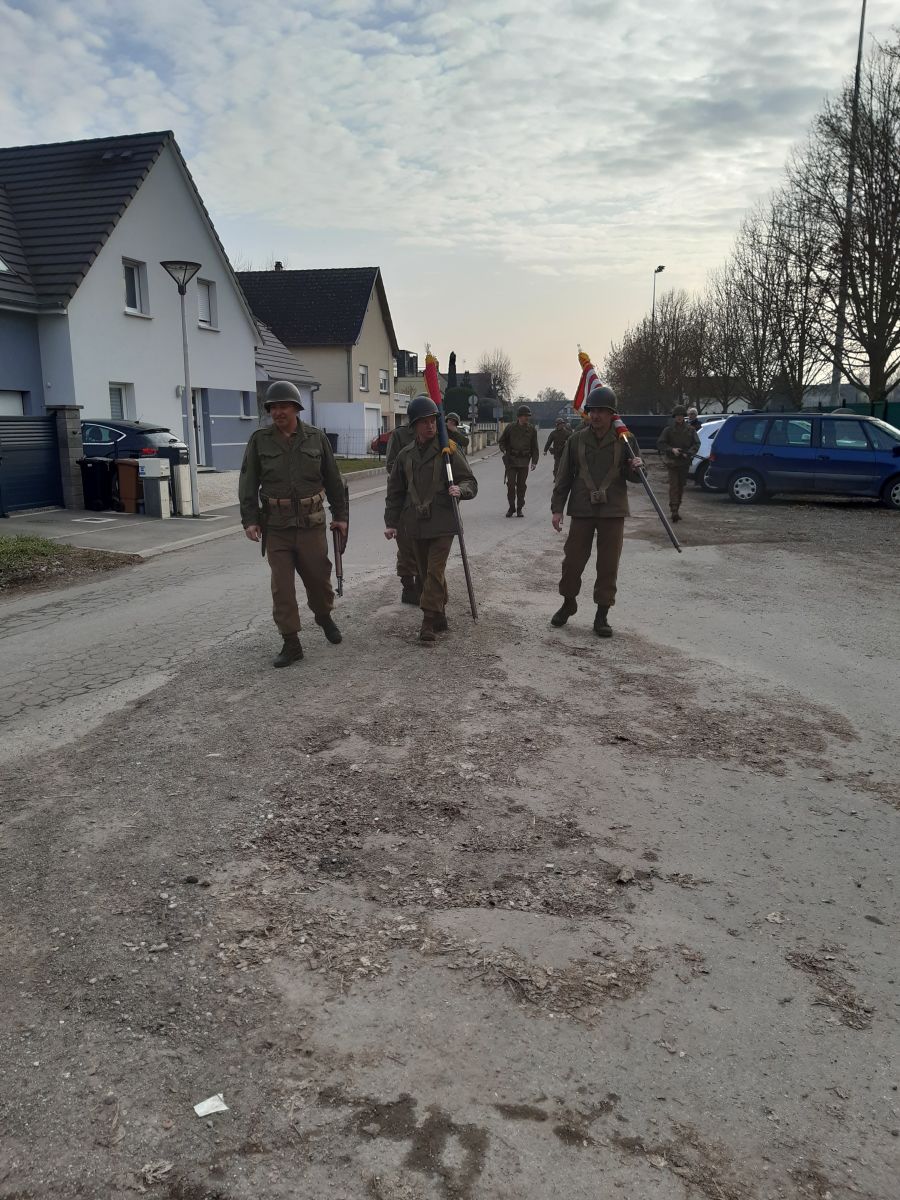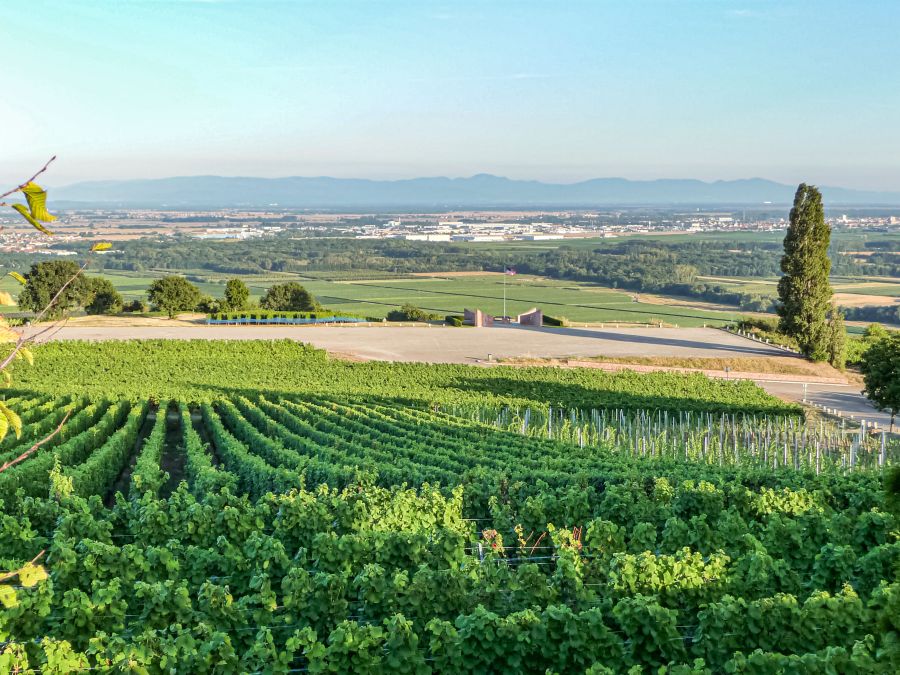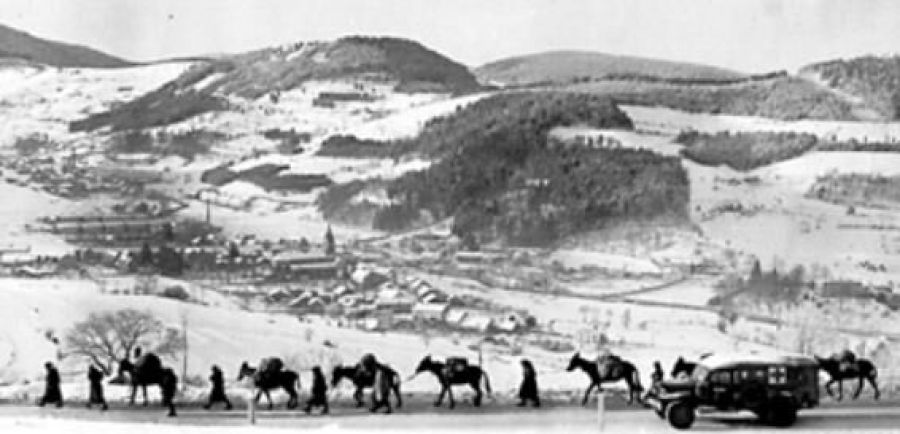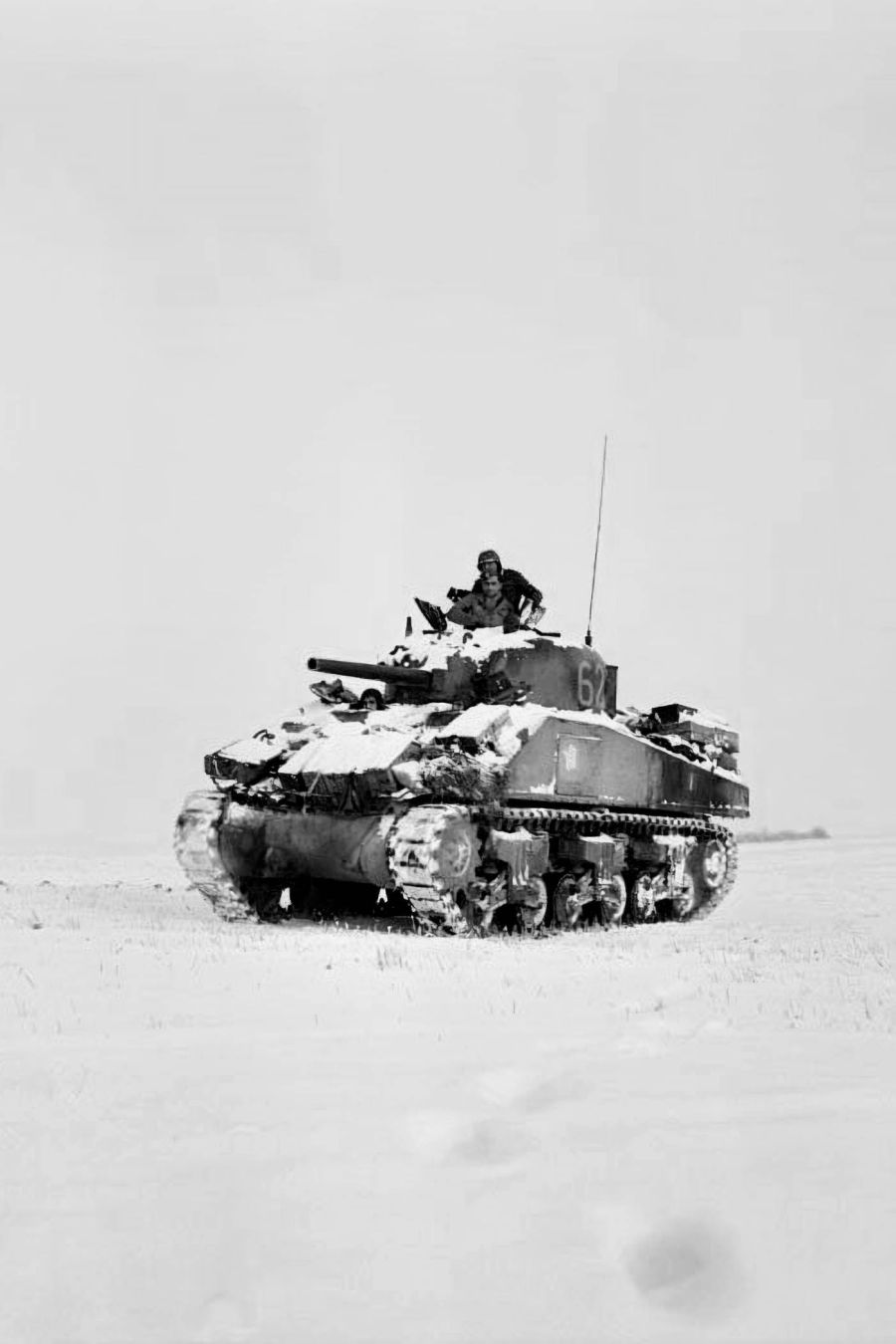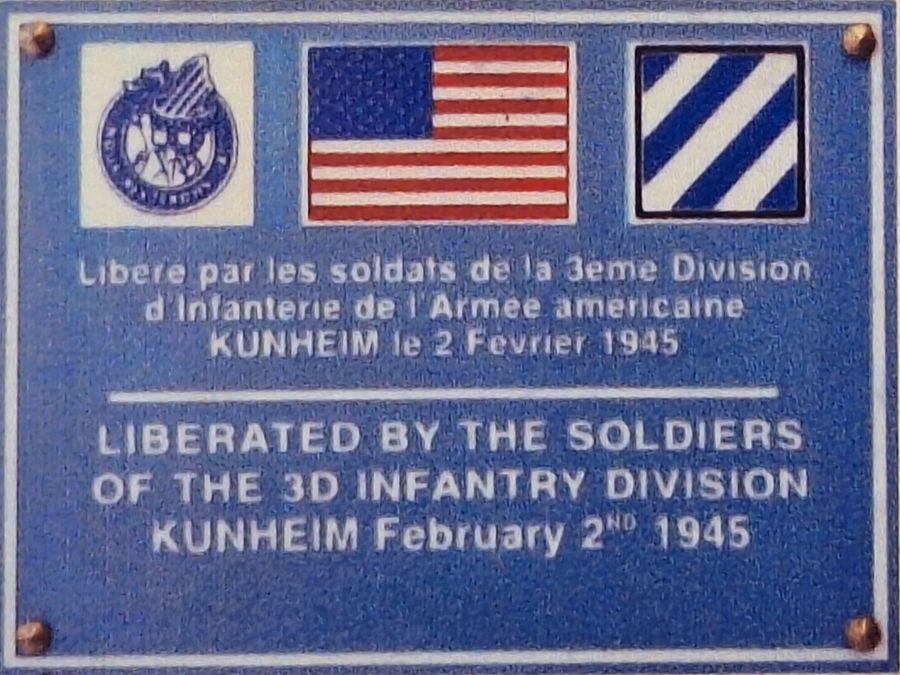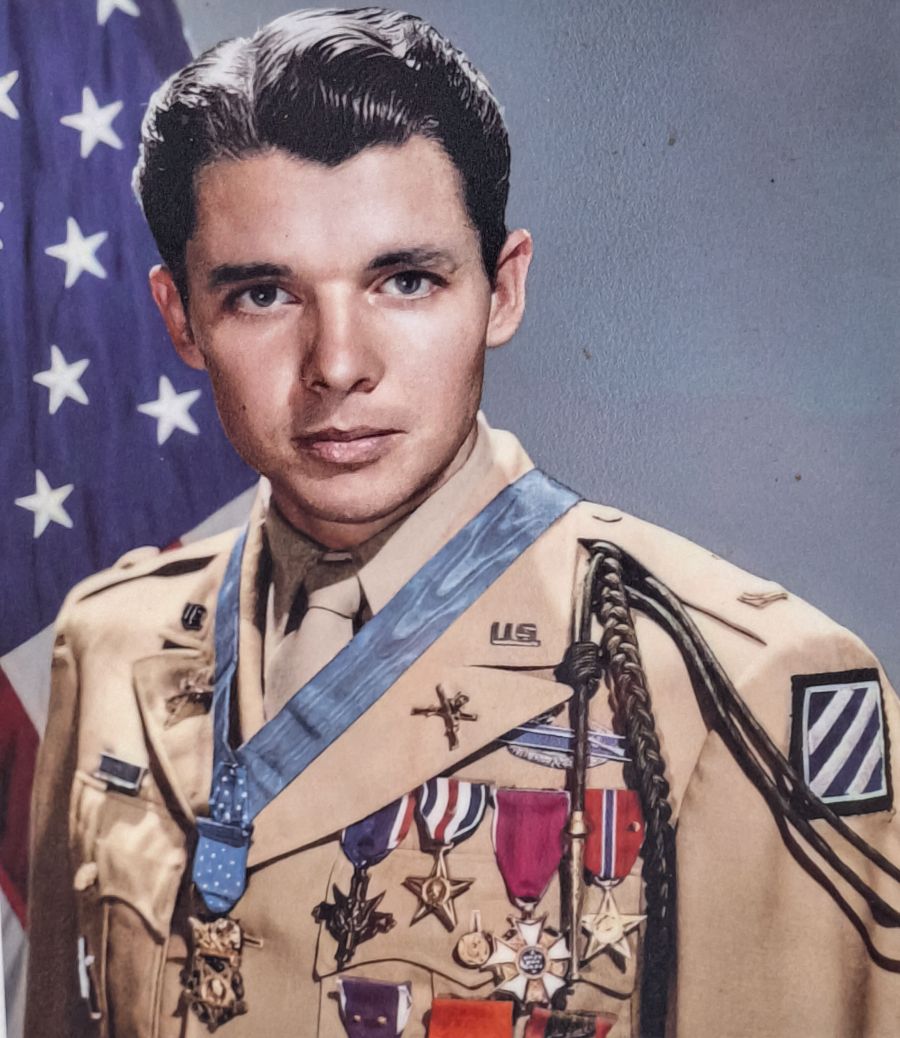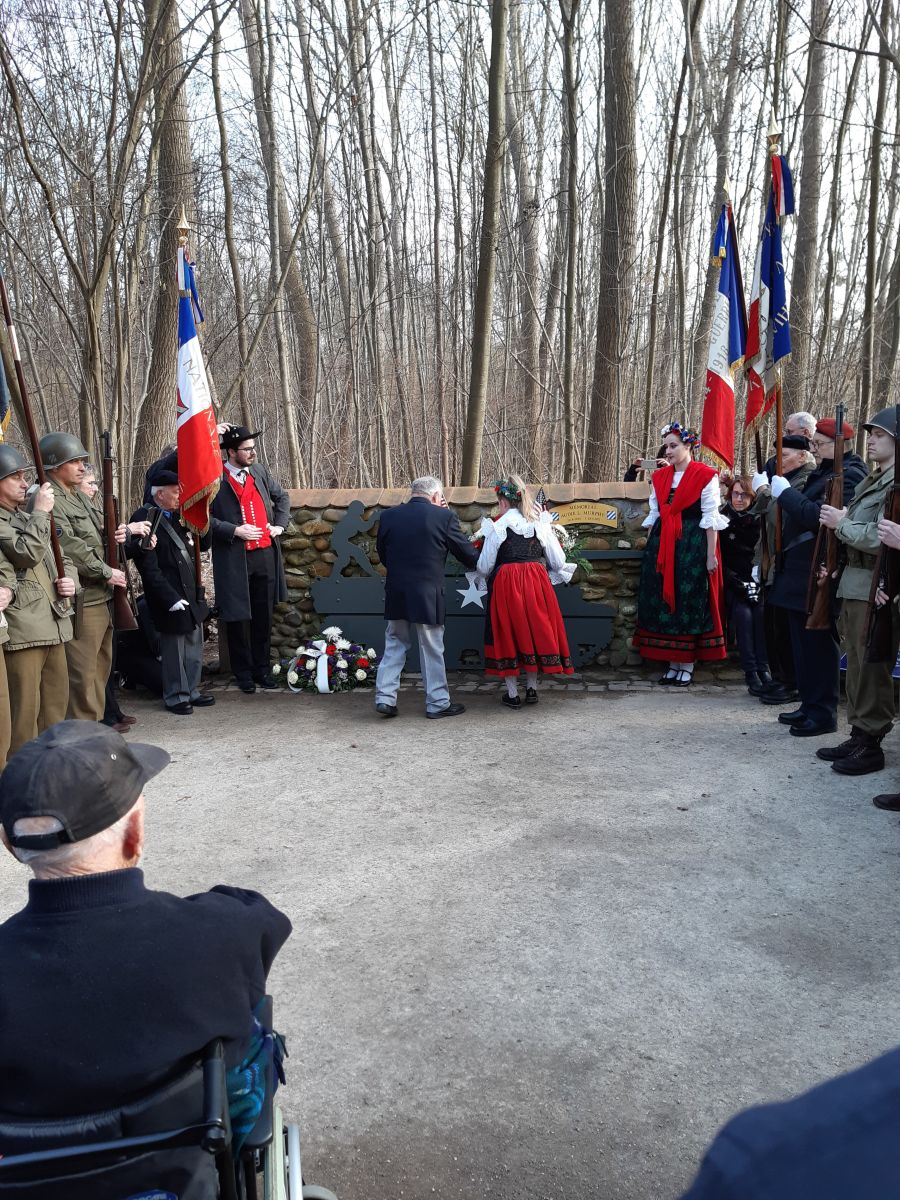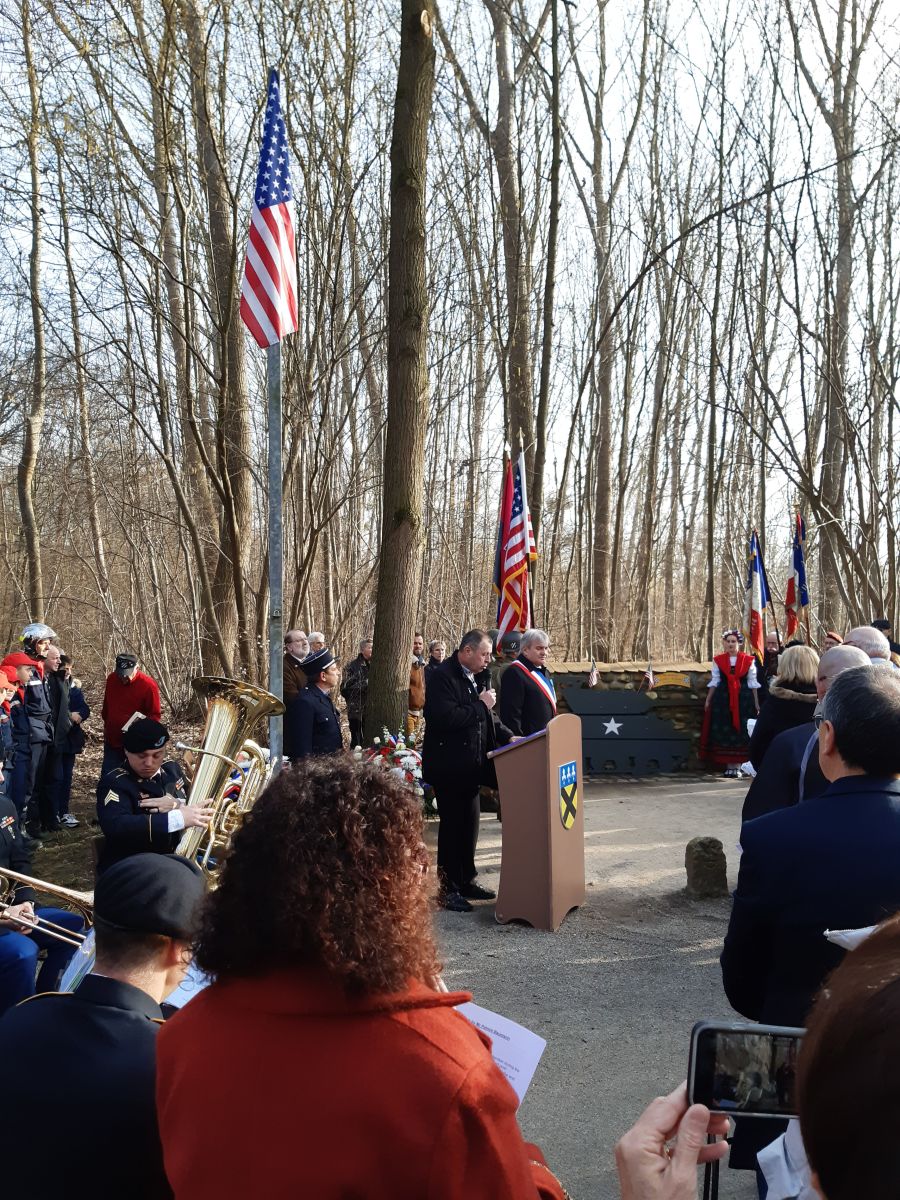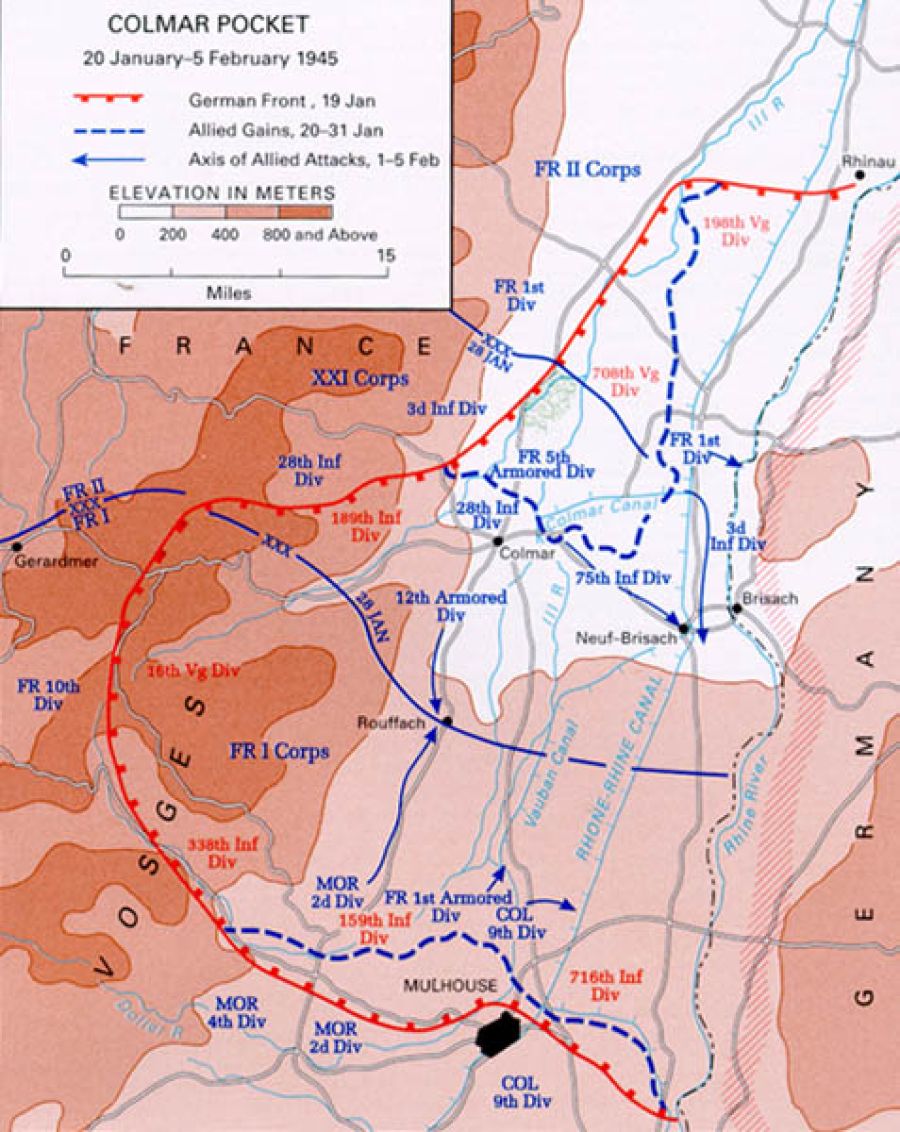
The 'Colmar Pocket' is often referred to as the 'forgotten war'. It was the last German bridgehead In France, stretching 40 miles long and 30 miles deep, from the Rhine up into the Voges mountains behind Colmar. When the order came to clear the pocket, five French and two U.S. divisions, (the 3rd and 28th), faced eight divisions of 'Heeresgruppe Oberrhein', committed to a do or die defence.
